Salt (1.5 M) avoidance test in TH-D1-Gal4 larvae under red and blue light [N = 19]
on Sunday, November 23rd, 2025 2:43 | by Christoph Kumpfmüller

Category: crosses, Larve, Mushroom Body, Optogenetics | No Comments
Salt (1.5 M) avoidance test in TH-D1-Gal4 larvae under red and blue light
on Saturday, November 15th, 2025 2:53 | by Christoph Kumpfmüller
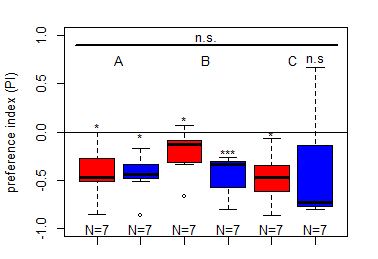
Category: DAN, Larve, MBON, Mushroom Body, Optogenetics | No Comments
Finalized Results for the Salt (1.5 M) avoidance tests in DANc1 larvae under red and blue light
on Saturday, November 15th, 2025 2:44 | by Christoph Kumpfmüller
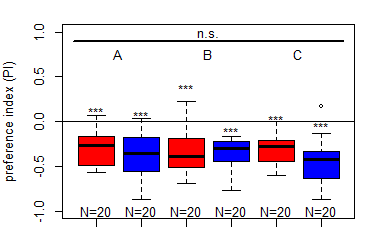
Category: crosses, DAN, Larve, Mushroom Body, Optogenetics | No Comments
Yellow T-Maze Results
on Friday, November 14th, 2025 3:35 | by Daniel Döringer
I performed the first set of T-Maze experiments, which included 3IY treated flies, with red light. In this experiment I could nicely reproduce earlier results in PPM2 flies only treated with ATR. Flies initially showed weak avoidance of optogenetic stimulation, and developed a weak approach-behavior over the time course of ten minutes. In the 3IY treated flies I found similar avoidance after 1 minute of testing but, interestingly, flies kept the same level of avoidance also for a choice time of 10 minutes. This indicates that initial avoidance might be independent of dopamine, but prolonged or repeated release of the neurotransmitter from PPM2 neurons might lead to circuit changes, weakening avoidance behavior, potentially even changing it to approach.
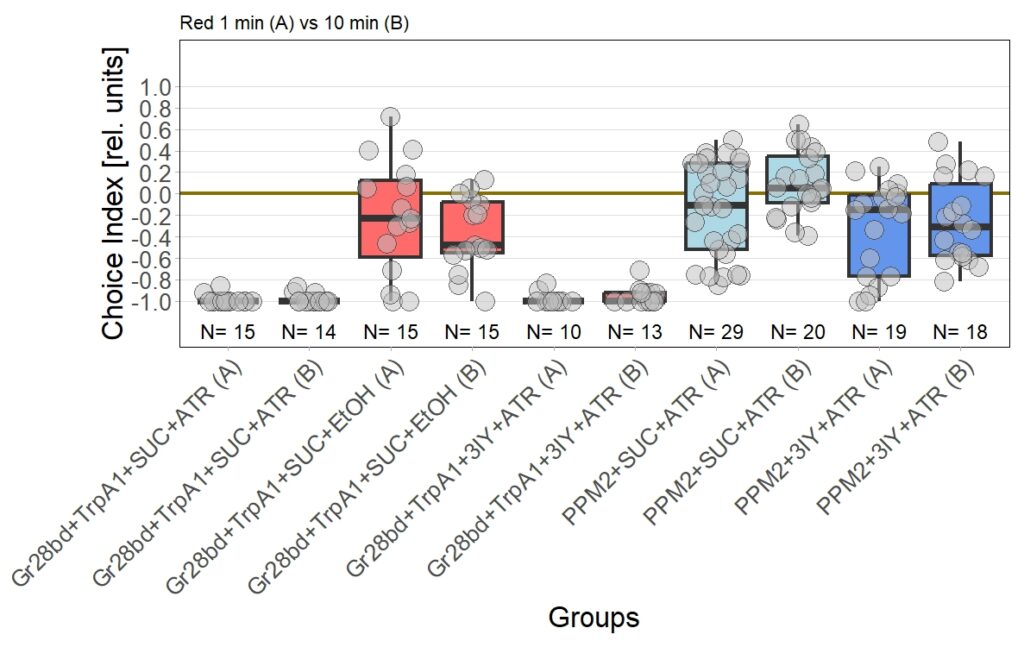
The new set of experiments uses yellow light instead of red light. This experiments are especially interesting, as I observed stronger effects for the experimental group for yellow light.
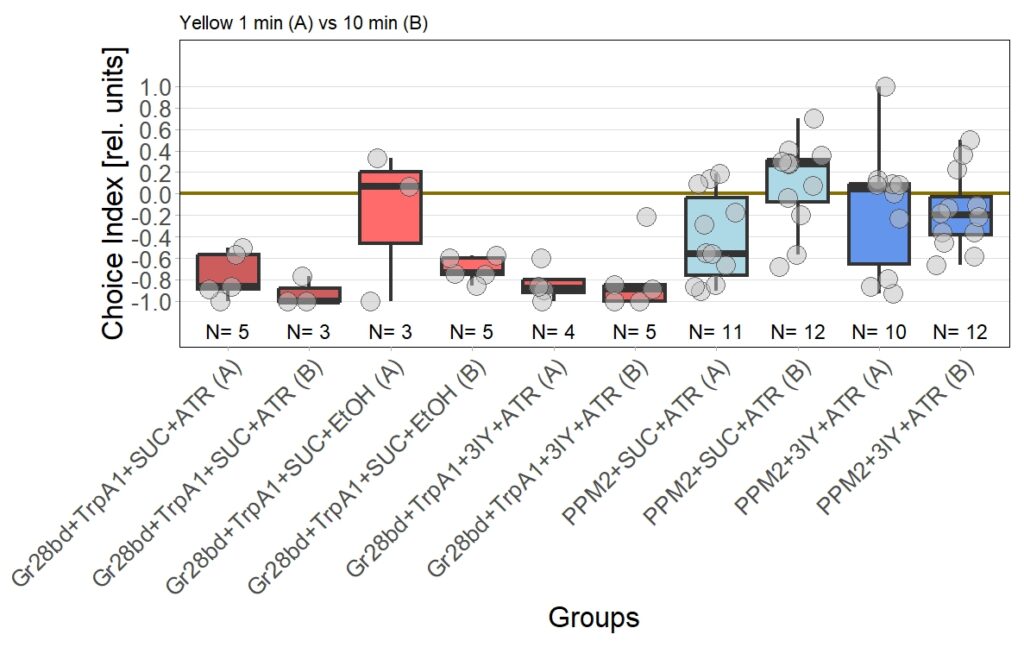
There are two main points to discuss about the data.
First, the negative control (Gr28bd+SUC+EtOH) … I was hoping that I solved the problem with the avoidance in flies that were not treated with ATR. These flies should not avoid optogenetic stimulation since without the chromophore, there should be no, or at least very weak, activation of the CsChrimson channel. Even if the sample size of 5 is rather low, it is a bit worrying that when these flies were tested for 10 minutes ((Gr28bd+SUC+EtOH (B)), they show avoidance comparable to control flies that were treated with ATR and tested for 1 minute ((Gr28bd+SUC/3IY+ATR (A)).
On the other hand, the experimental groups look pretty good. For now, I was not only able to reproduce results from the first 1 vs. 10 minute T-Maze testing with yellow light, it also seems that 3IY-treated PPM2 flies show the same phenotype as when tested in red light.
For the next few weeks I will have to increase sample sizes, aiming for 30 for each of the experimental groups. I will only include a few control groups treated with ATR, as the effect size here seems to allow for a lower N. Presumably, I will include more untreated control flies, to see whether the avoidance will persist or if the current results simply arise from the low sample size.
Update 28/11/25

Category: Biogenic Amines, Optogenetics | No Comments
Update to the Salt (1.5 M) avoidance tests for the DANc1 larvae tests under red and blue light
on Sunday, November 9th, 2025 5:25 | by Christoph Kumpfmüller
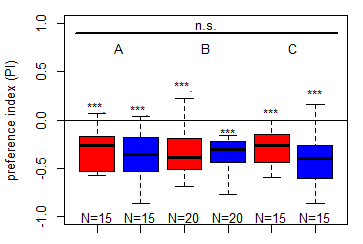
Category: crosses, DAN, Larve, Mushroom Body, Optogenetics | No Comments
Work flow molecular study
on Monday, November 3rd, 2025 10:57 | by Julia Schulz



Category: Operant learning, PKC | No Comments
First results for Salt (1.5 M) avoidance tests in group A, B and C under red and blue light
on Sunday, November 2nd, 2025 5:27 | by Christoph Kumpfmüller
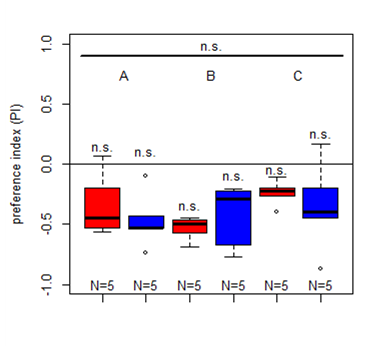
Category: crosses, DAN, Larve, Mushroom Body, Optogenetics | No Comments
Completed Results of Salt (1.5 M) avoidance in WTB Larvae
on Sunday, November 2nd, 2025 5:20 | by Christoph Kumpfmüller
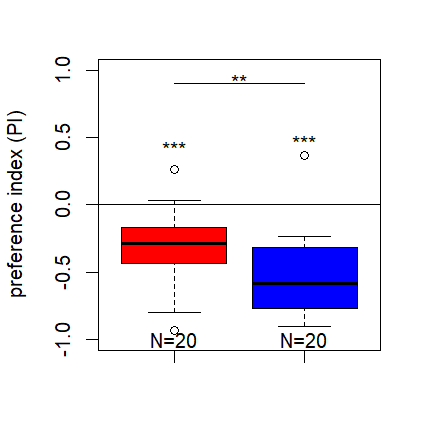
Category: Larve, Mushroom Body | No Comments
Proceeding with T-Maze experiments
on Friday, October 31st, 2025 1:38 | by Daniel Döringer
After pausing T-Maze experiments because of the issues with my negative control, I should now be abled to proceed.
Since it’s been a bit more than 2 months since the last results, this was the state of the experiments back then:
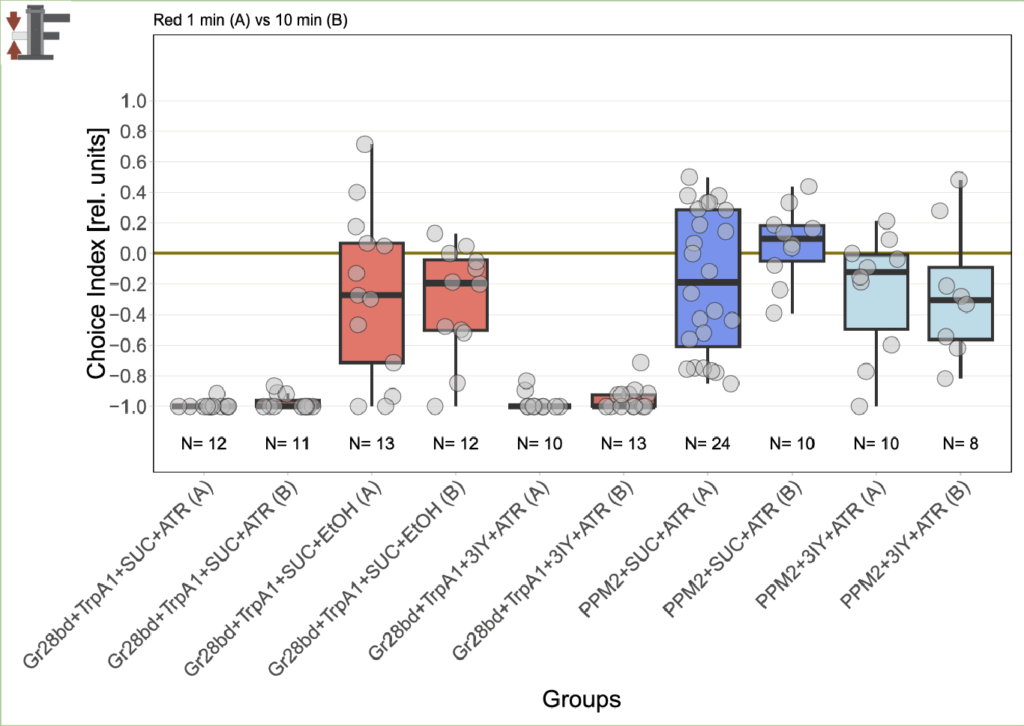
Now I added the following results:
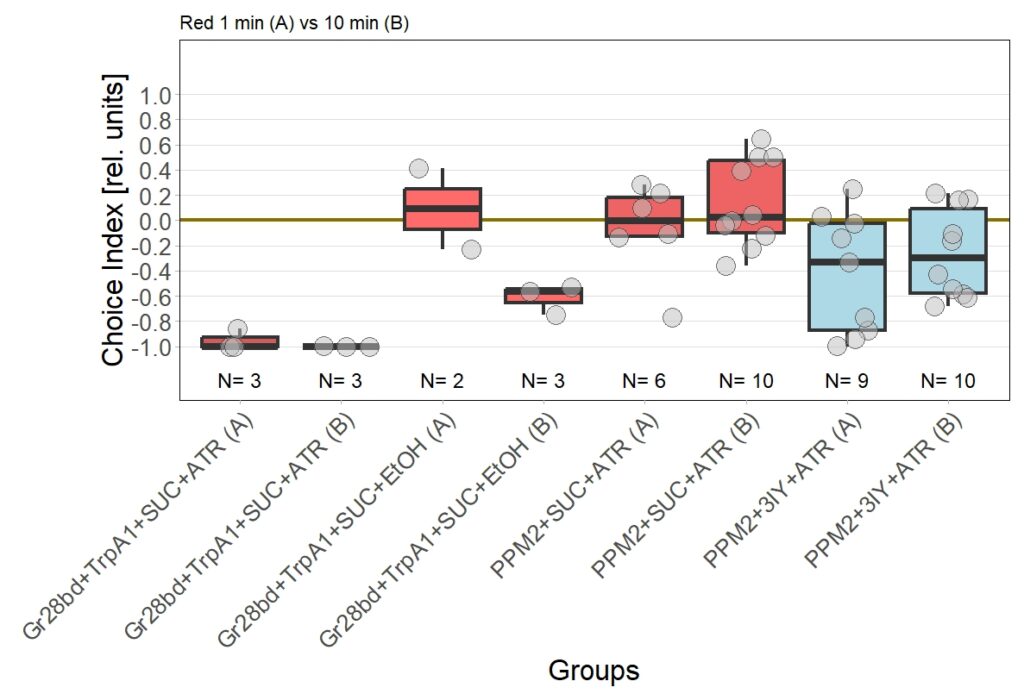
Leading to an updated version of all results:

Category: Optogenetics | No Comments
Work flow molecular work
on Monday, October 27th, 2025 1:03 | by Julia Schulz
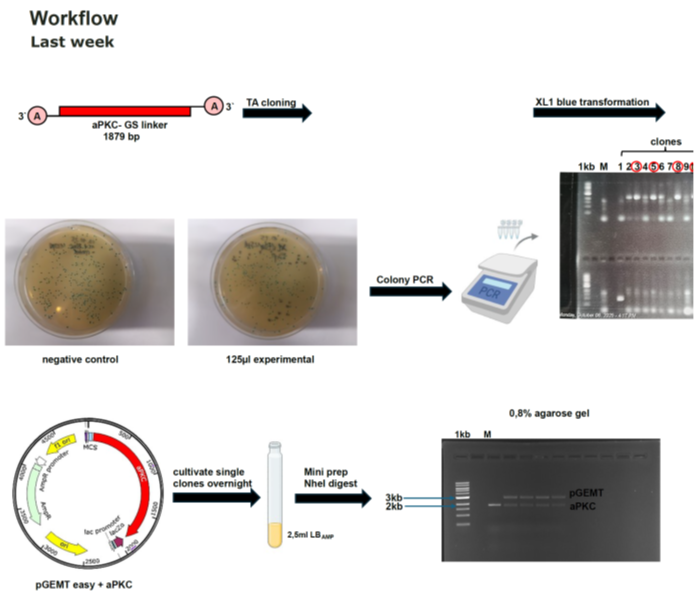

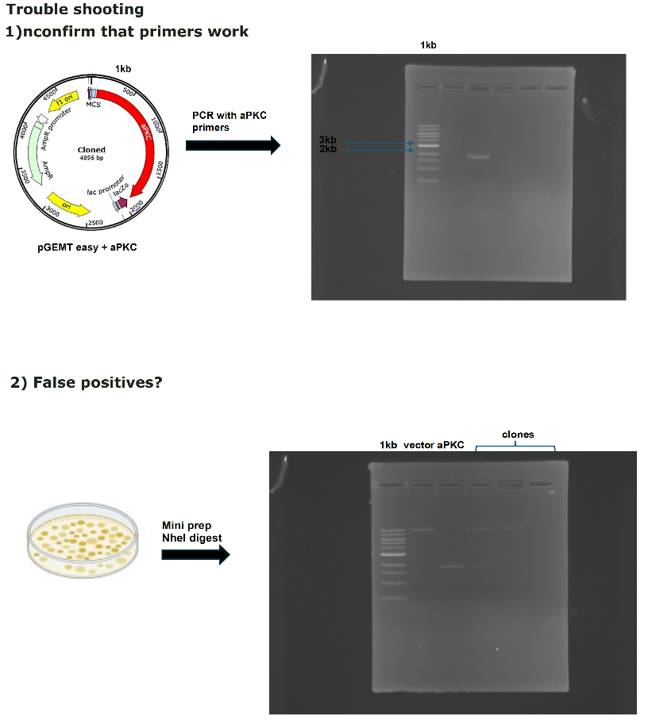
Category: Uncategorized | No Comments
